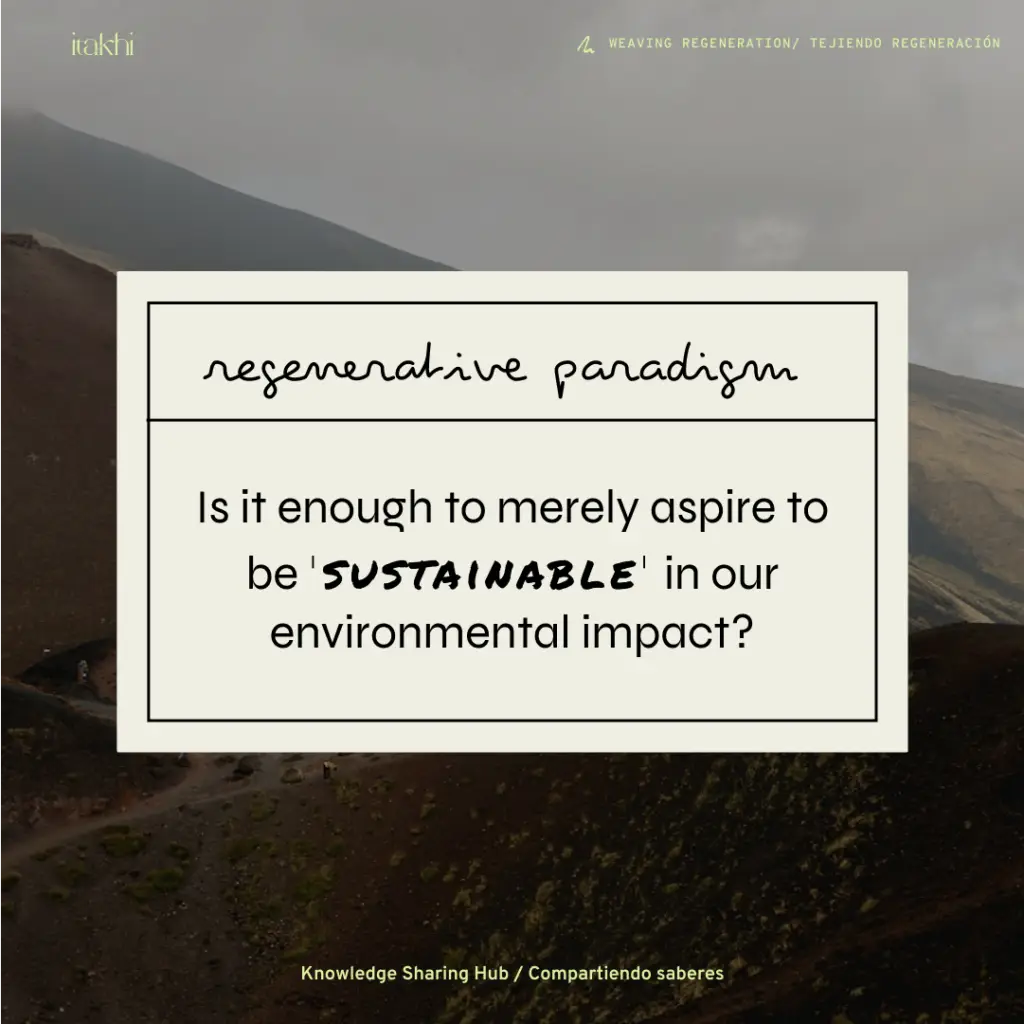These digital assets—websites, landing pages, and sales pages—serve as the cornerstone of online communication and interaction with audiences. They not only convey brand messaging but also shape perceptions and influence consumer behavior.

Understanding the Purpose of Each Website Digital Asset
1) Website:
A website serves as a centralized hub for businesses, organizations, and individuals to showcase their offerings and engage with their audience.
–Best Use Cases: Websites are ideal for establishing a strong online presence, providing detailed information about products or services, and fostering audience interaction.
–Budget Considerations:Costs vary based on complexity and design, with budget-friendly options available through DIY website builders or custom-designed platforms.
2) Landing Page:
A landing page is a standalone web page designed for specific conversion objectives, such as lead generation or product promotion.
– Best Use Cases: Landing pages excel in marketing campaigns, product launches, and lead generation efforts, driving conversions and capturing user interest.
– Budget Considerations:Creating landing pages can be cost-effective, with affordable templates and tools available for customization.
3) Sales Page:
A sales page is a persuasive web page crafted to highlight product features, benefits, and value propositions, aimed at driving conversions.
– Best Use Cases:Sales pages are instrumental in selling products, online courses, and memberships, leveraging persuasive copywriting and visual elements.
– Budget Considerations: Costs vary depending on design complexity and integration with payment gateways, with options ranging from templates to custom designs.
Integrating Sustainability:
In addition to understanding the distinct purposes of websites, landing pages, and sales pages, it’s important to consider sustainability and how we can create low-carbon digital assets. Here’s how these considerations intersect:
Some tips:
- Choose eco-friendly web hosting providers that use renewable energy sources and prioritize energy efficiency in their data centers. (We use Greengeeks)
- Optimize website performance by minimizing file sizes, reducing HTTP requests, and implementing caching mechanisms to decrease server load and energy consumption.
- Use sustainable web design practices such as efficient coding, CSS optimization, and image compression to improve loading times and reduce energy usage.
- Consider the environmental impact of third-party services and scripts used on the website, such as analytics tools and social media plugins.
- Implement content delivery networks (CDNs) to reduce latency and improve website speed, thereby decreasing energy consumption associated with data transfer.
- Regularly review and update landing pages and sales pages to ensure they remain relevant and effective, reducing the need for additional resources and energy consumption associated with creating new pages from scratch.
- Prioritize platforms and solutions that align with sustainability goals and practices when integrating various digital assets.
- Continuously monitor website performance and user engagement metrics while minimizing energy-intensive testing procedures.
- Choose analytics tools that provide valuable insights into website performance while minimizing data collection and storage requirements.
- Scalability: Invest in flexible solutions that can accommodate evolving needs without excessive resource consumption.
Conclusions
In conclusion, we stand at the threshold of embracing sustainable practices in our digital presence, contemplating the environmental impact of websites, landing pages, and sales pages.
When it comes to websites and digital presence, responsible stewardship of the planet is paramount. We can embed sustainable principles into the design and management of our online platforms by opting for eco-friendly hosting options, optimizing website performance to minimize energy consumption, and reducing digital waste. Emphasizing quality content, user experience, and functionality over extravagant design elements or unnecessary features is vital to upholding sustainability and ensuring user satisfaction.
Transparency and accountability in our practices are foundational. This entails being transparent about the origins of our products or services (supply chain management) and their environmental effects (environmental impact assessments). These elements are vital for ensuring that our online presence remains sustainable, minimizing adverse impacts on the environment.
Our platforms can embody these values by openly sharing information about their environmental footprint, data privacy policies, and endeavors to curb carbon emissions. Furthermore, they can nurture community engagement by delivering valuable content, enabling meaningful interactions, and championing social and environmental causes. By aligning digital practices with sustainable principles, we, whether businesses, artists, or creators, can contribute positively to the environment while pursuing our goals of growth and impact.














